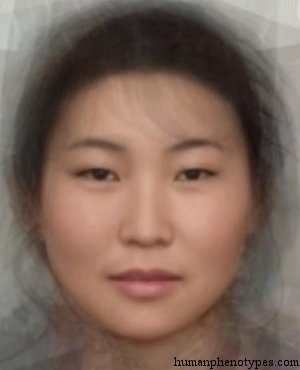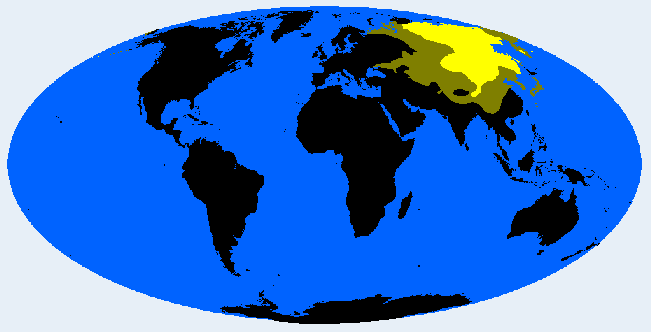Description:
Central Asian type that inhabits a large, sparsely populated area from the Gobi Desert to the Siberian Taiga and Tundra. Developed during the Neolithic after the retreat of the ice in nomads of the steppes. Several later expansions brought it to West Asia. The body is thickset, limbs short, skull often short and low, face broad and roundish, very flat, Mongolian folds very strong, skin light yellowish-brown, hair straight and black, body hair scarce. The very short-skulled, flat-faced, and low-skulled Gobid of the Mongolian steppes is often seen as the most typical variety. In the Siberian Taiga, a longer-headed, shorter, and even flatter-faced Baykal variety exists. Among Nivkhs of the Russian Far East, a slightly higher-faced, higher-skulled Amur-Sakhalin variety with stronger body hair is found. Turanid admixture produces an Aralid, Sinid admix a Manchu-Korean variety.Names:
Tungid (Eickstedt, 1937. 1952; Vogel, 1974; Knussmann, 1996), Altaj (Lundman, 1988), Nord-Mongole (Vallois, 1968), Northern Asiatic (Alexeev, 1979), Altaid (Lundman, 1967), Classic Mongoloid (Hooton, 1946; Coon et al., 1950; Cole, 1965), Tungusa (Biasutti, 1967), Tungin (Lundman, 1943), Toungouzienne (Montandon, 1933), Homo s. tataturs (Erxleben, 1777), Toungouz (Deniker, 1889)





